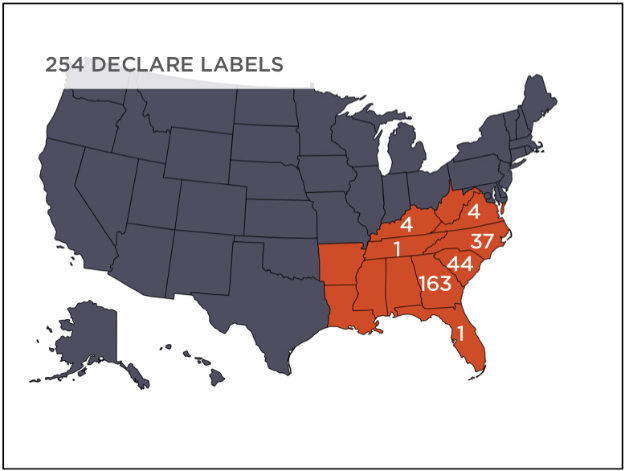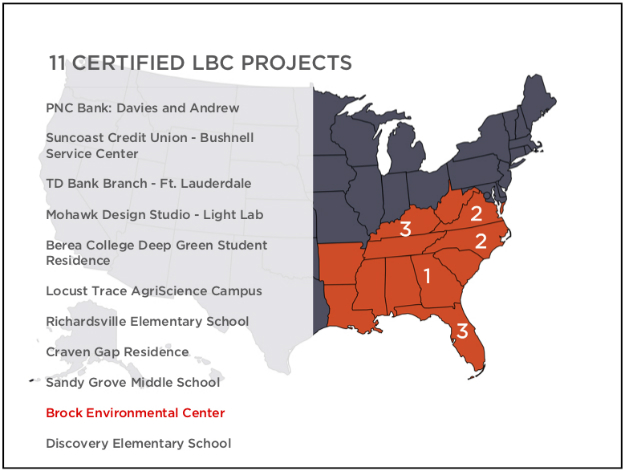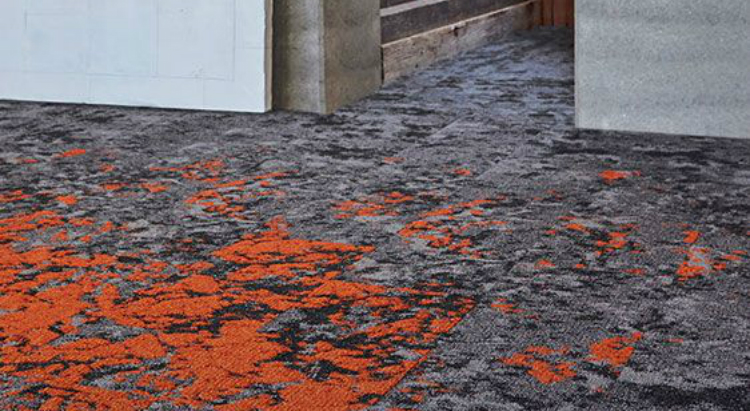International Living Future Institute Vice President Kathleen Smith descended upon last month’s Net Positive Atlanta summit armed with data that made a surprising case: From manufacturers to designers, and contractors to property owners, regenerative buildings have gained a strong foothold in a region that many deride as slow to change.
With the help of Mr. Wikipedia, I’ll take a stab at defining “regenerative buildings”: They are those that restore and revitalize their surrounding ecosystems, and in which materials, energy and the building process itself help to “create sustainable systems that integrate the needs of society with the integrity of nature.” Regenerative buildings aren’t synonymous with Living Building Challenge projects. But the LBC and associated ILFI programs, such as the Declare labeling system, provide the dominant framework for regenerative building products, design and construction.
So Smith could offer a report card of sorts by listing the numbers of products, buildings and professionals involved in various Living Future programs in the 12 states that ILFI defines as the Southeast. Here are some numerical highlights from Smith’s presentation on “net positive” progress:
- 254 of 711 Declare-labeled products globally are manufactured either in the region or by companies based here. Declare is a transparency program, through which the manufacturer lists all materials that go into a product, as well as the origin of the product, its expected lifespan and options for its reuse or disposal. The label also provides information on whether the product is free of toxic materials.
-

Image courtesy: International Living Future Institute. October 2018. - Eight of 28 products that are certified under the Living Product Challenge are manufactured either in the Southeast or by companies based here. Living Products are certified as free of toxins, their manufacturing process is supposed to be socially responsible and to respect workers’ rights, and their net impact is claimed to “benefit both people and the environment.” Seven of those eight Living Products are tied to Georgia, and most of them are manufactured by the north Georgia-centered carpet and flooring industry.
-

Image courtesy: International Living Future Institute. October 2018. - Thirty-four projects in the Southeast have been registered under the Living Building Challenge. Eleven have been certified in some fashion. Of those, only one — the Brock Environmental Center on Chesapeake Bay in Virginia — has been fully certified; the others are either Petal certified or Zero Energy certified.
- Finally, 71 design or construction professionals have been certified as Living Building Ambassadors, and seven communities have set up LBC Collaboratives.
PHOTO AT TOP: Calhoun, Ga., based Mohawk Flooring manufacturers its Living Product certified Lichen Collection at a carpet plant in Glasgow, Va. Photo courtesy Mohawk Flooring.


